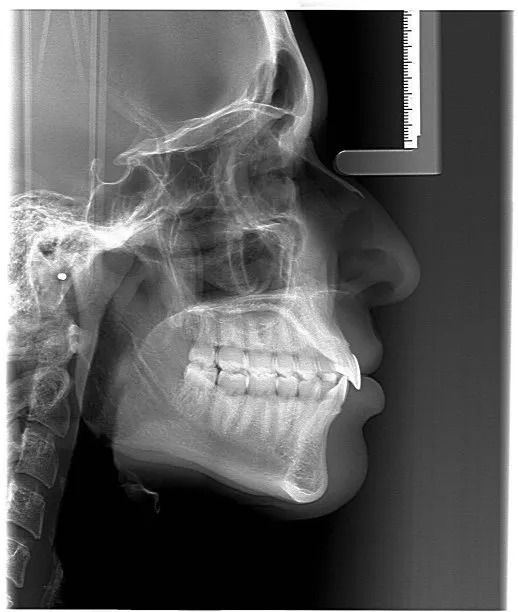Essential Guide to Precautions and Aftercare for Your Dental Filling Procedure to Ensure Optimal Oral Health
Summary: Dental fillings are a common solution for treating cavities and restoring tooth function. However, ensuring optimal oral health before and after your dental filling procedure is crucial. This guide outlines essential precautions that should be taken before the appointment, care immediately after the filling, long-term aftercare practices, and dietary adjustments to support healing. By following these steps, patients can significantly enhance their oral health outcomes and minimize complications that could arise post-treatment. Understanding these facets will empower individuals to take proactive measures in their dental care routine.
1. Pre-Procedure Precautions for Dental Fillings

Before undergoing a dental filling procedure, it is vital to communicate openly with your dentist. Discussing any medical conditions or allergies to materials used in fillings can prevent adverse reactions and complications. Be honest about your dental history, including previous fillings and treatments, to help your dentist tailor the procedure to your specific needs.
Another important precaution is to maintain good oral hygiene leading up to the appointment. Brushing and flossing regularly reduces the risk of infection post-procedure and ensures that your dentist can effectively assess the extent of the decay. A clean mouth also aids in a smoother treatment, as debris and bacteria are minimized.
Lastly, ensure you have arranged for transportation if sedation methods will be used during your procedure. Some patients may feel groggy or disoriented afterward, making it unsafe to drive. Planning ahead not only alleviates stress but also reflects your commitment to a safe dental experience.
2. Immediate Aftercare Following Your Filling
After getting a dental filling, it’s crucial to allow the anesthesia to wear off fully before chewing or biting on the treated tooth. Doing otherwise may lead to accidental injury to the numbed area, resulting in pain or further damage to the tooth. It is advised to stick to soft foods initially, so the tooth is not overexerted right out of the gate.
Additionally, you may experience some sensitivity to hot or cold temperatures in the days following the filling. This is often normal, especially if the cavity was deep. However, monitoring this sensitivity is vital—if the pain intensifies or doesn’t improve after a week, it’s essential to contact your dentist for a follow-up.
Maintaining excellent oral hygiene is also critical after the filling. While you may be tempted to ignore the site of the filling, its important to gently brush and floss around the area to avoid plaque buildup, which can lead to further tooth decay.
3. Long-Term Aftercare Practices
To maintain the integrity of your dental filling over time, regular dental check-ups are essential. Annual or semi-annual visits allow your dentist to monitor the filling for wear and potential decay around the margins, addressing any concerns before they escalate into more significant oral health problems.
Implementing a consistent oral hygiene routine plays a significant role in the longevity of your fillings. Brushing twice a day and flossing daily helps remove food particles and plaque, which can compromise the filling and lead to cavities. Using fluoride toothpaste can enhance the remineralization of your teeth, further protecting the integrity of the fillings.
Moreover, managing your dental habits is crucial for long-term care. Avoid using your teeth as tools, and refrain from biting hard objects like ice or hard candy. Such habits can chip or crack the filling, necessitating additional dental work that could have been easily avoided.
4. Dietary Adjustments for Optimal Healing
Your diet plays a significant role in post-fill care and overall oral health. After your filling procedure, it is wise to avoid highly acidic foods and beverages for at least 24 hours, as acidity can irritate the filling site and cause discomfort. Additionally, avoid very hot or cold foods as they can heighten sensitivity.
Incorporating a diet rich in calcium and vitamin D can promote healing and strengthen your teeth. Foods such as dairy products, leafy greens, and fish are excellent choices. These nutrients will not only benefit your overall health but also support the durability of your dental fillings.
Hydration is also important in the healing process. Staying well-hydrated aids in saliva production, which naturally helps to neutralize acids in the mouth and protects against decay. Water should be your primary beverage choice to keep your mouth healthy and promote optimal healing.
Summary:
Implementing the appropriate precautions and aftercare practices for your dental filling procedure is paramount for ensuring long-term oral health. From preparing for your appointment and caring for your teeth afterwards, to regularly visiting your dentist and modifying your diet, each aspect contributes to successful recovery and the longevity of the filling. Taking the time to follow these guidelines will empower you to maintain a healthy, beautiful smile for years to come.
This article is compiled by Vickong Dental and the content is for reference only.



